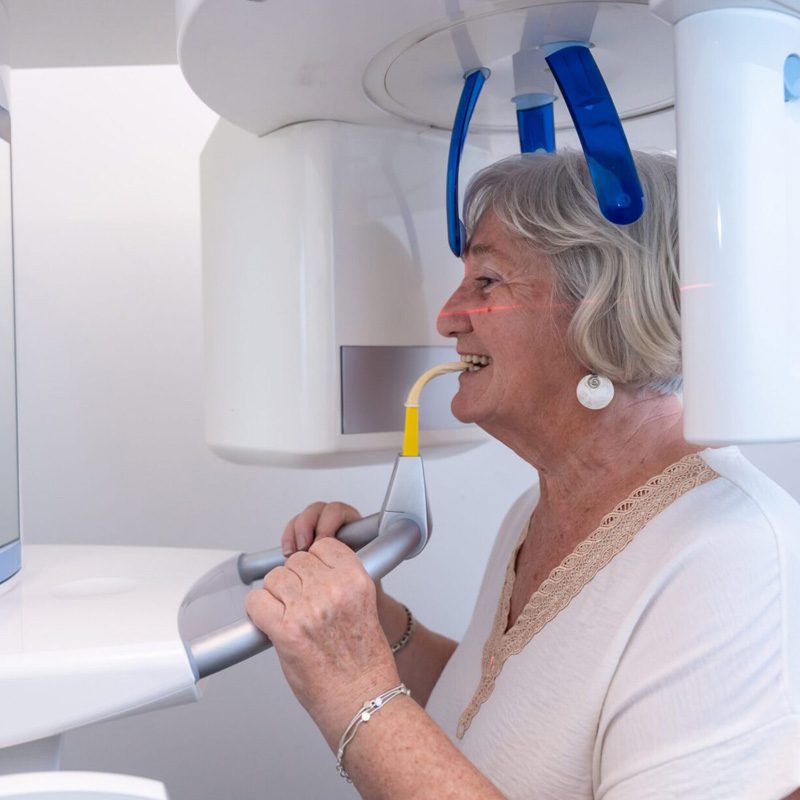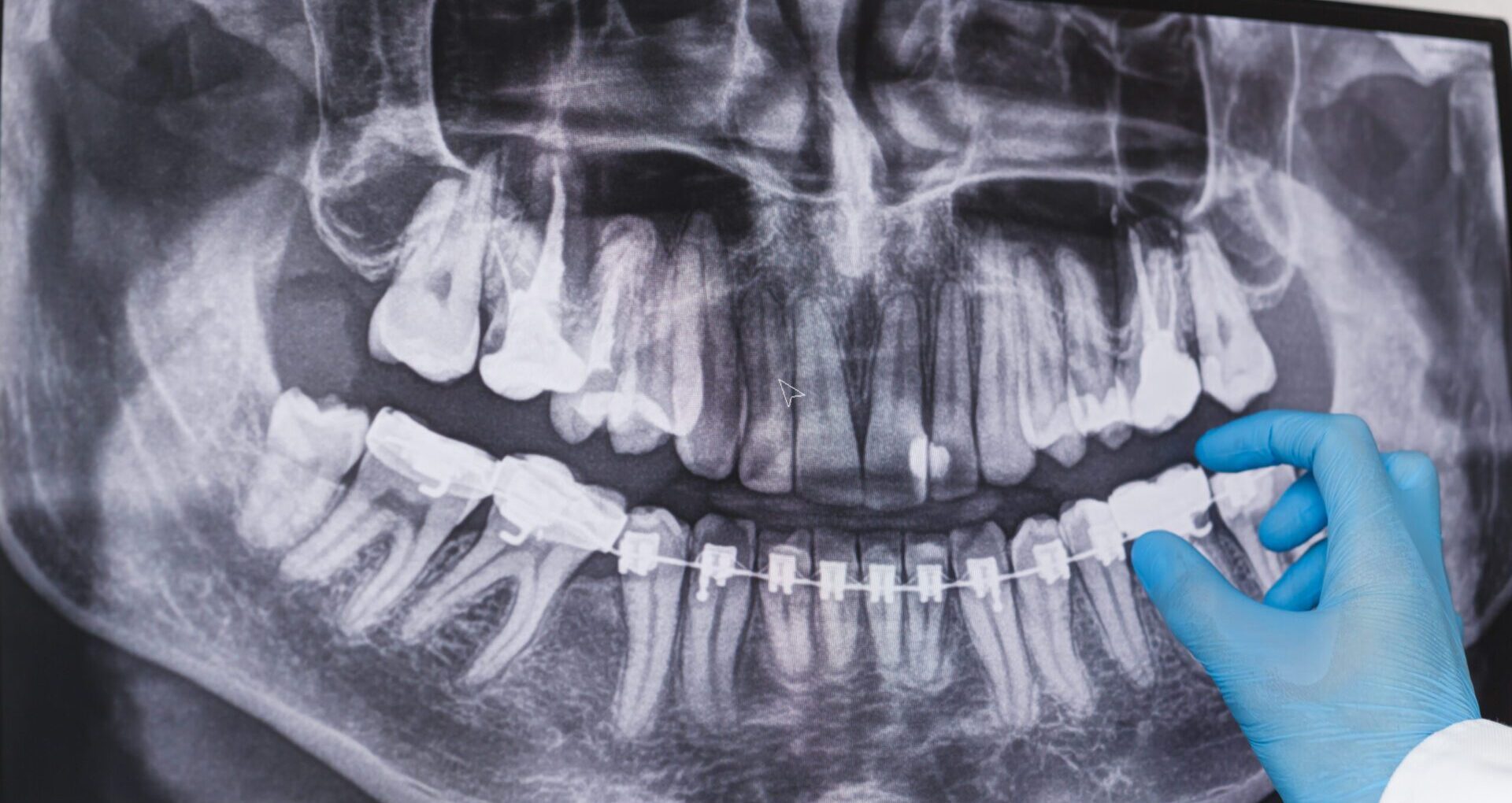Getting a dental X-ray might not be on your annual to-do list, but perhaps it’s time to reconsider. Dental X-rays are a key part of maintaining your oral health, offering a unique, in-depth look at what’s happening beneath the surface of your teeth and gums. This powerful diagnostic tool may be out of sight when you’re in the dentist’s chair, but its benefits are far from out of mind. In this blog, Advanced Indiana dives into the top five benefits of getting yearly dental X-rays done, shedding light on the unseen aspects of dental health and care.
Types of Dental X-Rays Dentists Rely On
There are several types of dental X-rays that your dentist may use, each providing a different perspective and addressing unique needs. Understanding the kinds of X-rays can help you better comprehend your dentist’s recommendations.
- Bitewing X-rays: These are common in routine dental visits and offer a detailed view of the upper and lower back teeth. Bitewing X-rays can help to detect decay between teeth and changes in bone density caused by gum disease.
- Periapical X-rays: These X-rays provide a view of the entire tooth, from where it starts at the jaw to the enamel. This makes them perfect for detecting any unusual changes in the root and surrounding bone structures.
- Panoramic X-rays: This type of X-ray gives a broad overview of the entire mouth, providing information about the teeth, upper and lower jawbone, sinuses, and other hard and soft tissues of the head and neck. Dentists often use panoramic X-rays when planning for dental implants or detecting impacted teeth.
- Cephalometric X-rays: These X-rays are typically used by orthodontists when planning orthodontic treatment as they provide a complete radiographic image of the side of the face.
- Cone Beam Computed Tomography (CBCT): This newer type of X-ray creates 3D images of the teeth, soft tissues, nerve pathways, and bone in a single scan, providing a much more detailed look than traditional X-rays. It’s often used for complex treatment planning.
Choosing the right X-ray greatly depends on the patient’s symptoms and the dentist’s clinical judgment. Despite the varying types, each X-ray plays a crucial role in maintaining optimal dental health.
5 Benefits of Yearly Dental X-Rays
1. Detecting Cavities and Tooth Decay
Yearly dental X-rays can help your dentist identify cavities and tooth decay early in their development. This allows for more effective treatment before any further damage can occur. Without dental X-rays, some cavities may go unnoticed, leading to more extensive treatment and potentially needing a root canal.

2. Identifying Gum Diseases
Dental X-rays can also detect periodontal or gum diseases. Gum diseases are caused by bacteria in plaque that can cause tooth loss if left untreated. Yearly dental X-rays reveal the bacteria in gum tissues and any potential bone damage caused by advanced gum disease.
3. Revealing Impacted Teeth
Yearly dental X-rays can spot any teeth that are not developing properly and may become impacted. By identifying these teeth, your dentist can work with an orthodontist or surgeon to determine if additional treatment is required to prevent any future problems.

4. Checking Jaw and Facial Structure
Dental X-rays can reveal any problems with the jawbone and facial structure. Sometimes, people are born with abnormalities in their facial or jaw structure, or some damage may have occurred. Yearly dental X-rays ensure the proper growth of teeth and bones and reveal if there are any serious issues.
5. Monitoring Oral Cancer
Yearly dental X-rays can detect oral cancer in its early stages to reduce the risks of complications. Dental X-rays are used to detect oral cancer early, enhancing the prognosis of the individual and making treatment easier.
When Should You Request a Dental X-Ray Sooner?
While annual dental X-rays deliver numerous benefits, there are situations when you might need to request an X-ray sooner. Oral health is dynamic and changes can occur over a period of months, not just years. Sudden pain, discomfort, or changes in your oral condition are all valid reasons to consider an X-ray outside of your routine dental visit.
Should you experience any of the following symptoms, it may be prudent to request an X-ray sooner:
- Persistent toothache: This could indicate a cavity or an abscess, both of which can be identified through an X-ray.
- Swelling in the jaw: This could be a sign of an infection or abnormal growth that requires immediate attention.
- Difficulty in chewing or biting: An X-ray can help identify any underlying issues causing this discomfort.
Always remember that early detection is key to preventing further complications and ensuring optimal dental health. If you are experiencing any unusual symptoms or discomfort, don’t hesitate to contact your dentist and discuss the possibility of getting a dental X-ray.
Schedule Your Dental Exam Today
Yearly dental X-rays may seem like a nuisance to some, but they are necessary for maintaining good oral health. Detecting any issues before they become a major problem is crucial, and yearly dental X-rays with your Advanced Indiana team are an effective and necessary tool to achieve this. If you have any concerns about yearly dental X-rays, let us know. We can provide more information about why they are essential and ease any concerns you may have about your dental exam.
Need to book an appointment? Do so in our Fortville, Anderson, or Indianapolis, IN, offices today!

